Optimal Timing for Concrete Installations
Concrete installations are most effectively performed during specific weather conditions to ensure durability and proper curing. The optimal time generally depends on temperature, humidity, and seasonal factors, which influence the setting process and long-term performance.
The best temperatures for concrete installation are between 50°F and 85°F. Temperatures outside this range can lead to improper curing or cracking.
Spring and fall typically provide favorable conditions with moderate temperatures and lower humidity, reducing risks associated with rapid drying or freezing.
Installation should be avoided during extreme heat, cold, or rainy weather, as these conditions can compromise the integrity of the concrete.
Moderate humidity levels support proper curing. High humidity can slow drying, while low humidity increases the risk of cracking.

Concrete is poured during mild weather to promote optimal curing conditions.
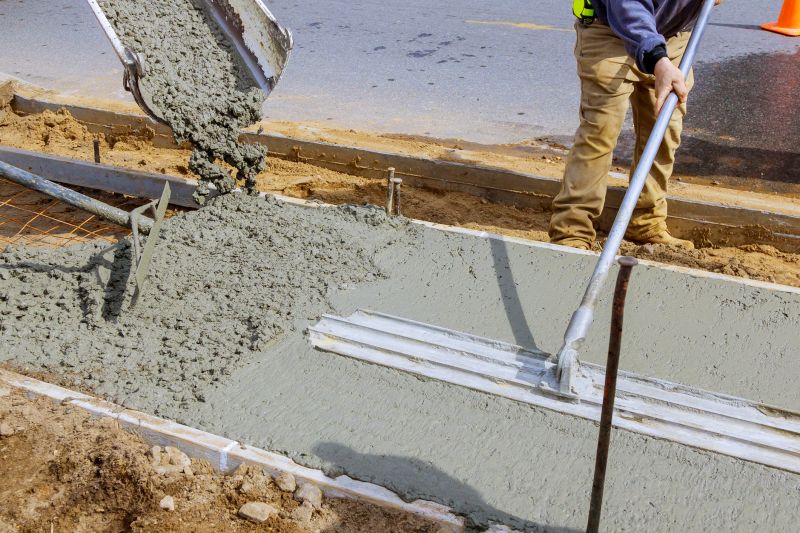
Spring and fall are preferred seasons for concrete work due to moderate temperatures.
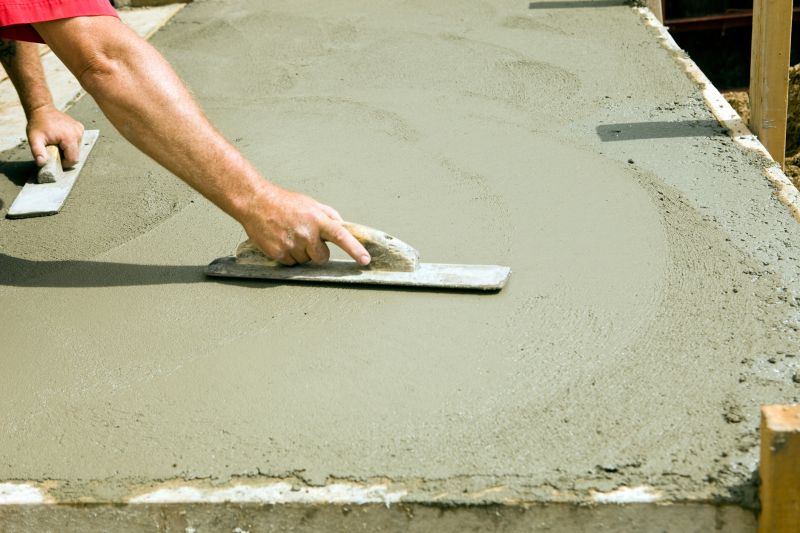
Extreme weather can delay or affect the quality of concrete installations.
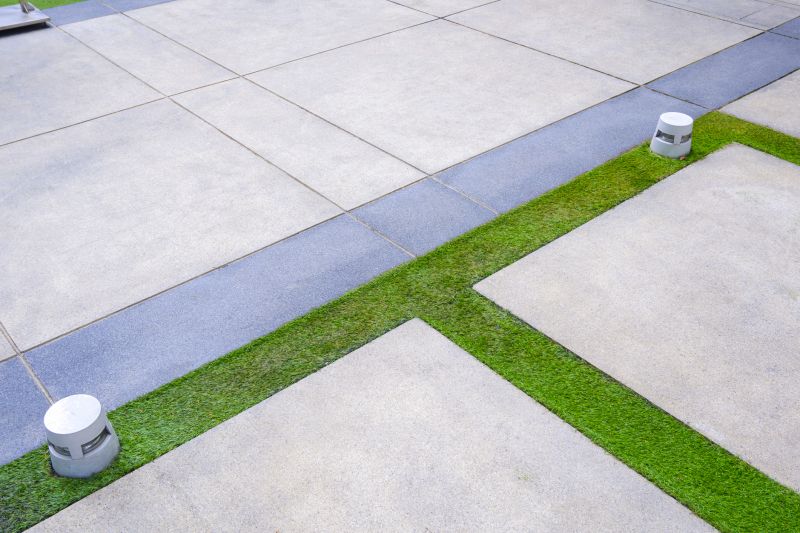
Ways to make Concrete Installations work in tight or awkward layouts.
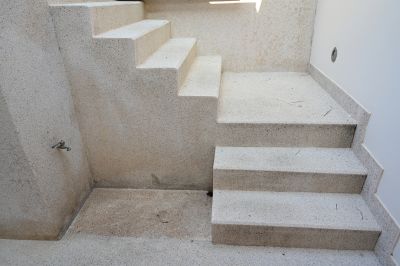
Popular materials for Concrete Installations and why they hold up over time.
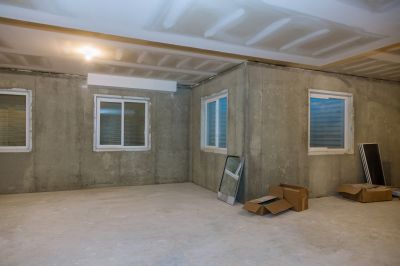
Simple add-ons that improve Concrete Installations without blowing the budget.
| Season | Optimal Conditions |
|---|---|
| Spring | Moderate temperatures, low risk of freezing, ideal for curing |
| Summer | Early morning or late evening work recommended to avoid heat |
| Fall | Cool temperatures, lower humidity, good for installation |
| Winter | Typically avoided unless heated enclosures or special mixes are used |
Concrete installations require careful planning to align with suitable weather conditions. Proper timing ensures the concrete cures evenly, minimizes cracking, and achieves maximum strength. Seasonal variations can significantly influence the outcome of a project, making weather considerations essential for long-term durability.
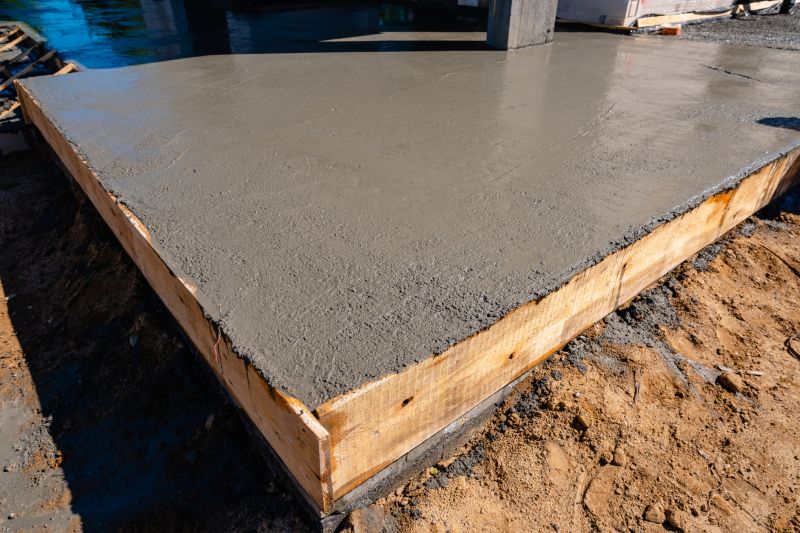
Proper curing during favorable weather enhances strength and durability.
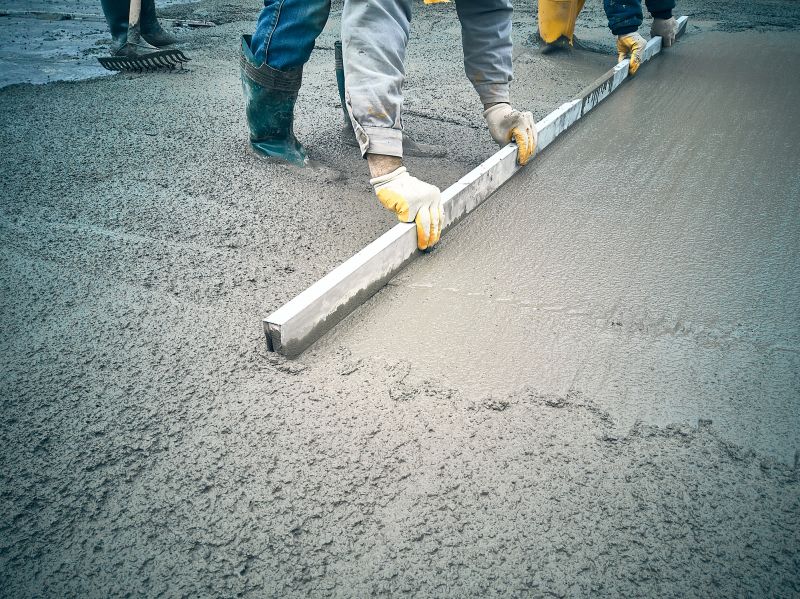
Monitoring weather conditions helps determine the best timing for pouring concrete.
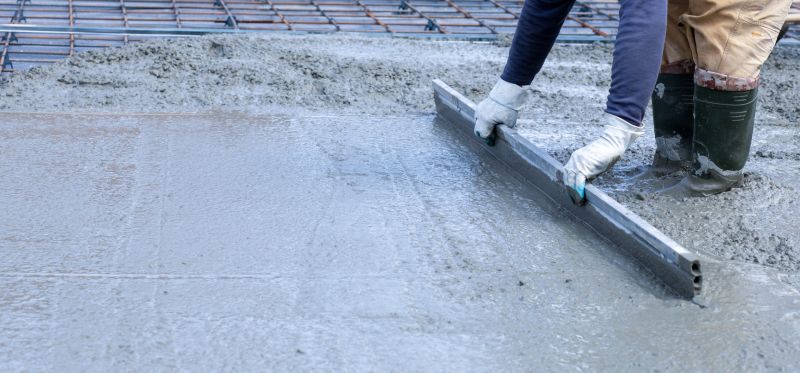
Spring and fall provide the most consistent weather for concrete projects.

Using specific mixes and curing methods can mitigate weather-related issues.

High-end options that actually feel worth it for Concrete Installations.
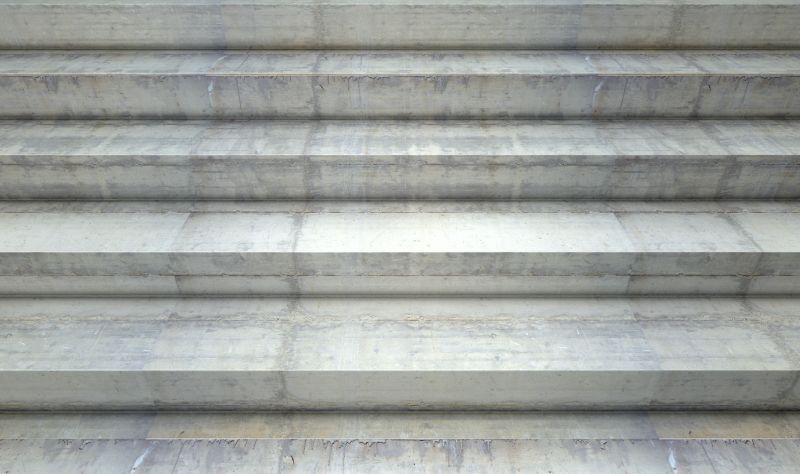
Finishes and colors that play nicely with Concrete Installations.
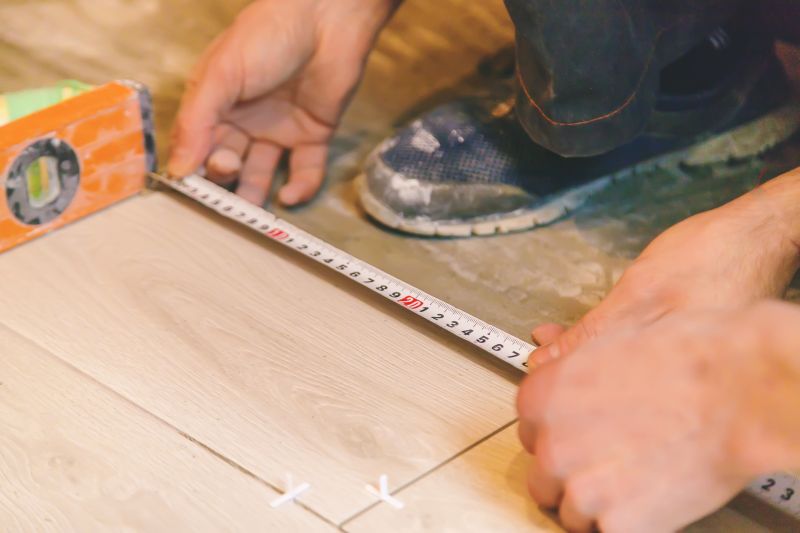
Little measurements that prevent headaches on Concrete Installations day.
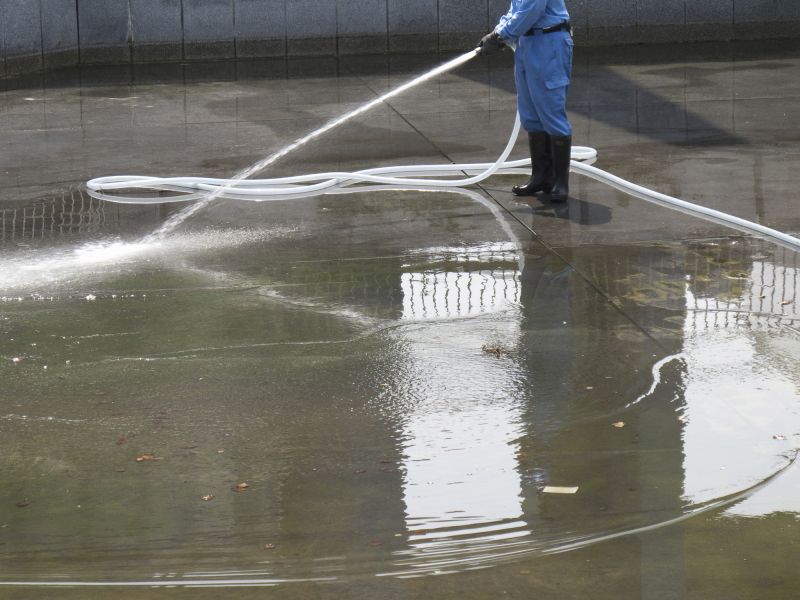
A 60-second routine that keeps Concrete Installations looking new.
Interested in scheduling a concrete project? Fill out the contact form to receive more information about timing and planning.

